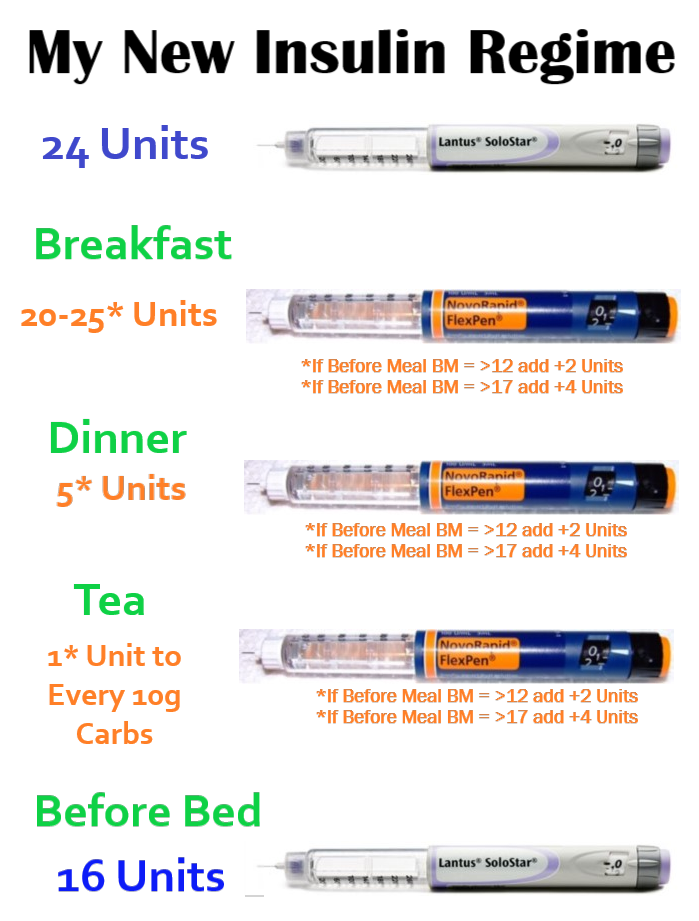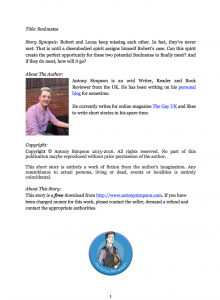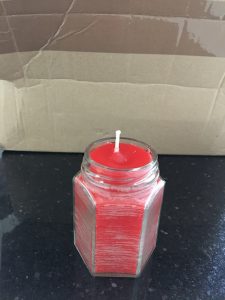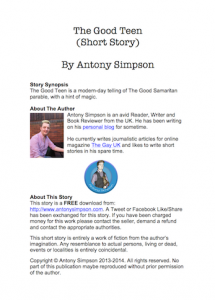Today is World Diabetes Day. People often struggle to understand diabetes and particularly type 1 diabetes which isn’t linked to diet, weight, a lack of exercise or age. So here’s a video from Diabetes UK that explains type 1 diabetes simply:

Here are some facts and statistics:
Quick facts about type 1 diabetes
- Approximately 400,000 people are currently living with type 1 diabetes in the UK, with over 29,000 of them children.
- Incidence is increasing by about four per cent each year, particularly in children under five, with a five percent increase each year in this age group over the last 20 years.
- Type 1 diabetes affects 96 per cent of all children with diabetes in England and Wales.
- Around 85 per cent of people diagnosed with type 1 diabetes have no family history of the condition.
- Although it used to be referred to as ‘juvenile diabetes’, around half of newly diagnosed cases are in people over the age of 18.
- The UK has one of the highest rates of type 1 diabetes in the world, for reasons that are currently unknown.
- A person with type 1 diabetes will have around 65,000 injections and measure their blood glucose over 80,000 times in their lifetime.
From: JDRF UK, last accessed: 11th November 2019.

Diabetes is a chronic long term health condition that requires a lot of management. For example I:
- Inject insulin 4 or 5 times everyday.
- Check and record my blood sugars before meals and two hours after meals.
- Check and record my blood sugars before and after driving.
- Finger pricking to read my blood sugars 8-15 times per day, prior to my Freestyle Libre (more on this below).
- Count the carbs in each meal.
- Have retinopathy screening, podiatry checks, annual reviews (with both my GP & Endocrine Consultant), see Diabetes Specialist Nurses and see Dietitians. You can only begin to imagine the number of health appointments I have in a year.
Having diabetes can be frustrating at times, as any little thing can affect the amount of glucose in my blood. Things that affect my blood sugar include: physical or mental illness, diet, exercise, the weather, even the amount and quality of sleep I’ve had.
Management and treatments have mostly stayed the same since I was diagnosed with diabetes. It often feels like I am trying to minimise the damage that diabetes causes to my body until better treatments are developed or until a cure is researched and widely available.
The biggest change to diabetes treatment in the last few years is the Freestyle Libre sensor for blood glucose readings. This my Consultant has described as revolutionary and I have to agree with her to a point. This means no finger pricking (unless unwell), but it is only half a job. Next diabetics need a pump that works with the Freestyle sensor to administer the right amounts of insulin automatically.
What’s your experience of type 1 diabetes? Leave a comment below.
Blog soon,
Antony











